Before DUSK: David Szymanski’s Narrative Horror Pack

August 2017: An unprepared world is introduced to the first episode of DUSK, an ambitious retro shooter (boomer shooter if you like) that pulls it’s inspiration from games like Quake and DOOM while being completely different. It strikes a chord with shooter lovers and horror devotees, combing the two like so much chocolate and peanut butter. This game is different. It subverts expectations, and drags players into a mad world of chainsaw-wielding redneck ghouls and living scarecrows. People are excited for the remaining episodes, and it seems like lead developer David Szymanski has come out of nowhere to shock the gaming world with his bold vision.
March 2014: Fingerbones is released. Fingerbones is what some would call a “walking simulator”. Don’t be deterred by the label, the game is probably the most chilling thing Szymanski has ever released. You wander through an abandoned space and read about what had happened there. It’s very minimalist. Don’t let the bright lights and non-threatening location fool you, because Fingerbones is all about creeping terror. As you explore this space, you’ll find out that some…things…happened there that you’d want no part in. As you find out about these…things…the atmosphere, while not changing at all, seems to become more hostile and threatening based on what you’ve read. This is the ability of Szymanski: to make you fear what you’re imagining far more than what you’re seeing. He is adept at his craft in his freshman effort, and it is something to be experienced.
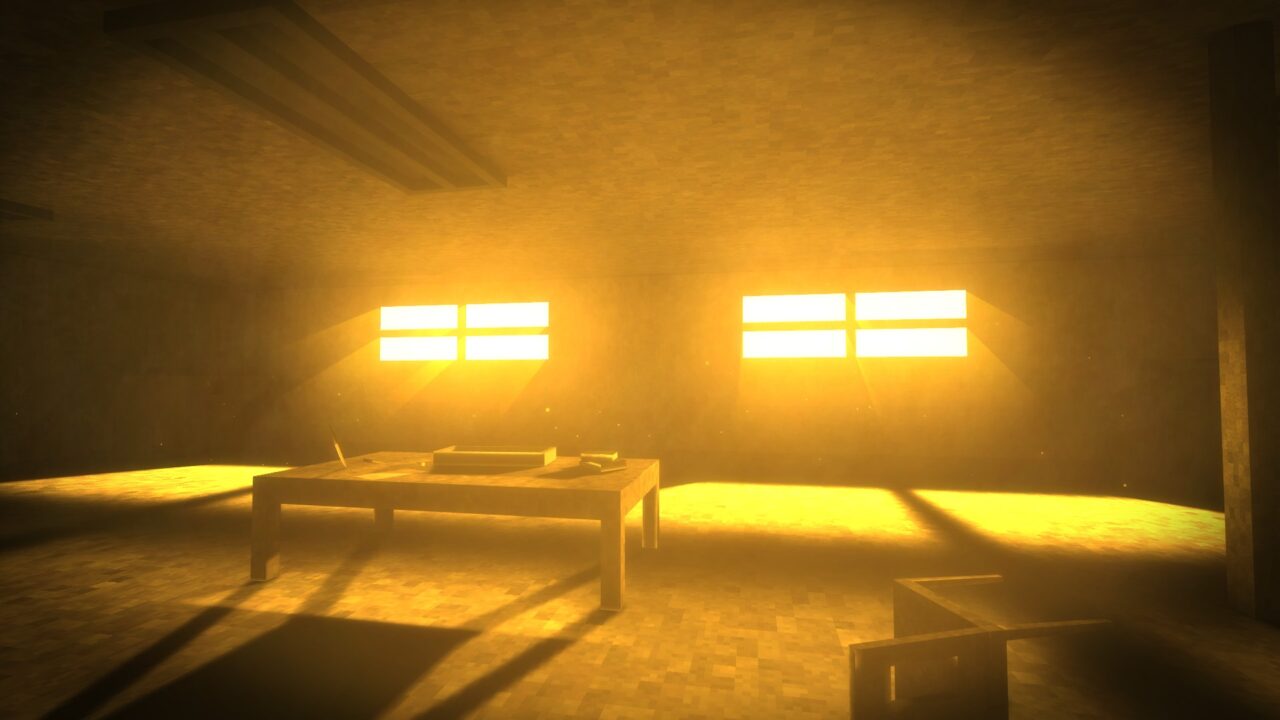
October 2014: Szymanski releases The Moon Silver to little fanfare. A full three years before DUSK. The Moon Sliver is a moody, cerebral horror game. Taking around an hour to complete, it touches on themes of loneliness, despair, and the end of the world. The gameplay consists of walking around an abandoned island, trying to put together bits of story told through environmental triggers. The game could not be less like DUSK. It is slow-paced and thoughtful, only progressing towards it conclusion as the player discovers more interactions around the island. There is no rush. No sense of urgency. It is all about the player, and how they choose to move forward after each new revelation on the island. The graphics are a love letter to the days of the PS1 and Sega Saturn, with crisp edges and simple animations belying an astounding depth. The sound design is phenomenal, with wind blowing, and then howling, through the small cluster of houses on the island. The simple sounds of the wind add a lonely, almost haunting feel to the player’s surroundings.
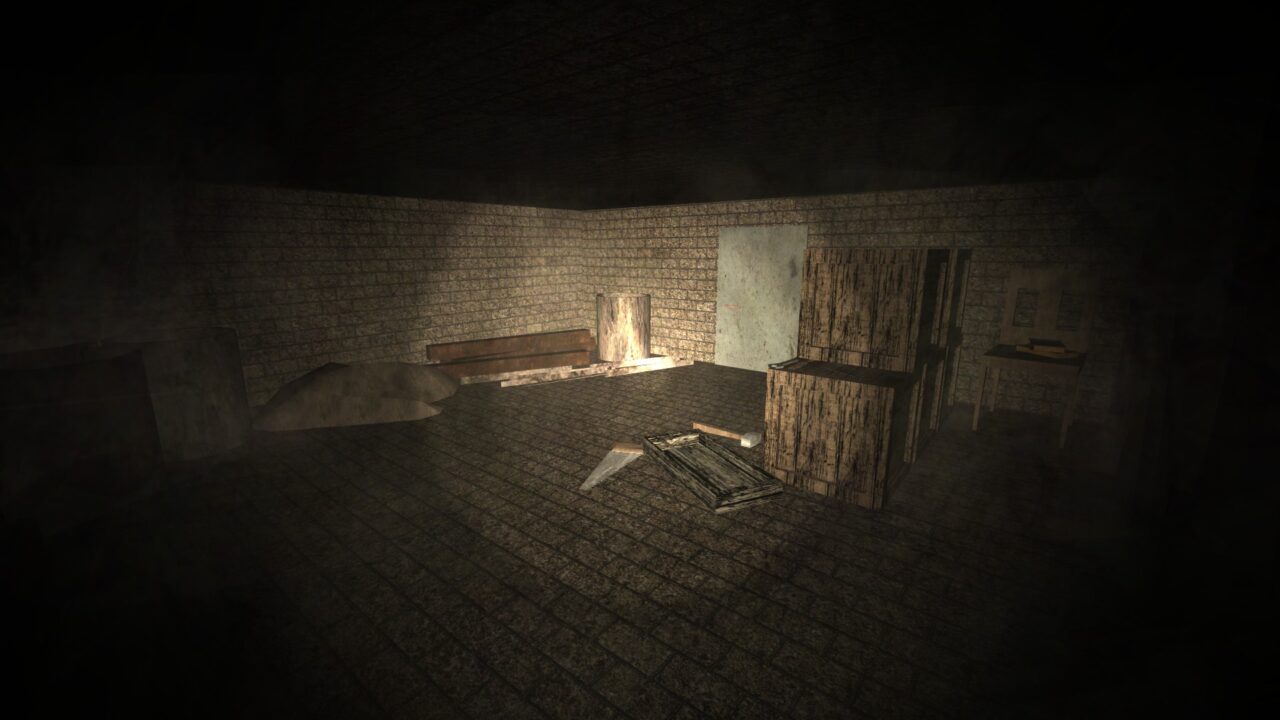
After exploring the island, the player is led into an underground series of tunnels, where the atmosphere moves from melancholy to dread. In the tunnels you start to get a feel for Szymanski’s take on horror; you can hear something in the tunnels, and you find bits of story that confirm that something is in the tunnels, yet you never see it. During the game you are well and truly alone. The only company are the sounds of the island. All of this culminates in an ending that is entirely up to interpretation by the player. What I thought was the truth of the ending will be completely different than your truth. Like all games I’ll talk about here, the real joy is experiencing it for yourself.
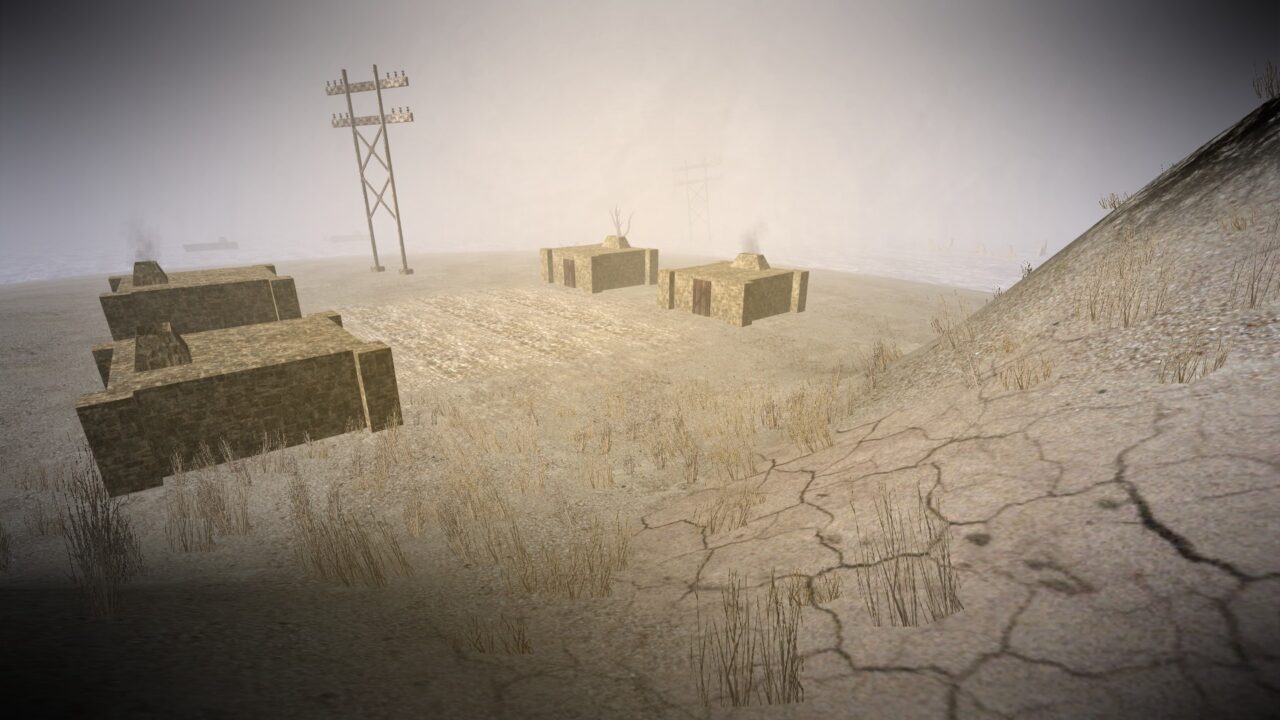
May 2015: After a 7 month absence to let the world bask in The Moon Sliver, The Music Machine is released. A visual departure from previous games, The Music Machine‘s visuals consist of brash, loud colors offset with deep, dark spaces, creating a sort of comic book look. In the game you play as a young woman who experiences her dead friend’s voice in her head. The game takes you to different locales, where you solve puzzles to progress the story. This game sees a real uptick in storytelling with Szymanski, with the story being both longer, and the characters more fleshed out. The visuals change as you visit more places, and are striking in their implementation. I found myself awestruck at some of the vistas presented to me. The voice acting is more than passable, with real gravity being lent to the lines. As the game progresses you’re let into more and more of the lives of the character you’re playing as, and by the end you’ll have a real investment in their hopes and aspirations. The game feels a bit short, though that has been the theme of Szymanski’s early work: short, effective, well-written and spooky.
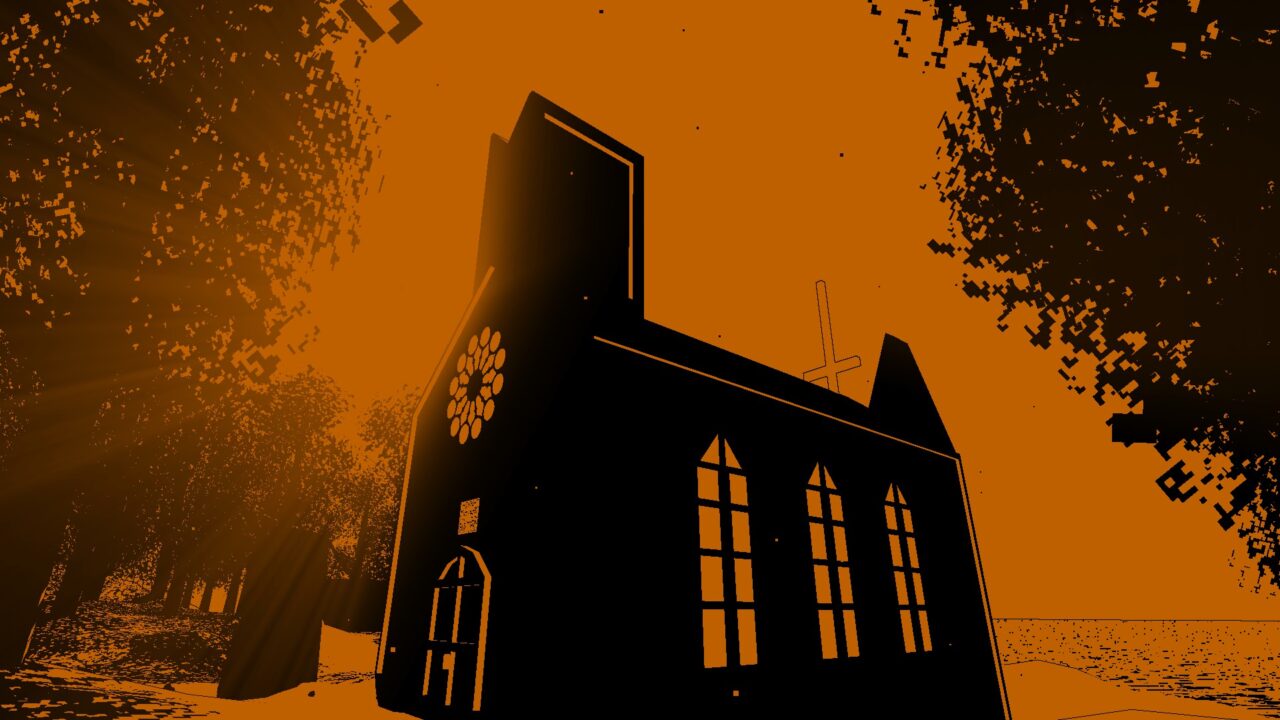
October 2015: A Wolf In Autumn is released. An unflinching look into the life of a girl named, well, Autumn. Autumn wakes up in a shed and after a bit of light puzzling, you exit the shed into a well-lit and cheery backyard at the cusp of, you guessed it again, autumn. The cheery visuals mask a terrifying story about mothers and daughters. While after about 20 minutes I had decided I didn’t like this game, it quickly won me back with it’s writing and the wonderful voice work of Julie Hoverson. The sun-kissed beauty of the backyard quickly turns into a hellscape of neons and industrial rust as you enter a basement (a fun hallmark of Szymanski is the eventual dive into a subterranean space). The small intercoms spaced throughout the game have Autumn being chided, first delicately, by her mother. As the game goes on, I went from viewing the intercoms with mild curiosity, to outright terror. Autumn’s mother doesn’t like being ignored, and eventually the frustrated mother becomes a shrieking, hate-filled monster, spitting venom that you can feel oozing out of the intercom. I got to the point that I didn’t even like pressing the required intercom buttons to progress the story, because Hoverson adds a level of unhinged madness to Autumn’s mother that I wanted to shy away from before I heard the frankly brutal threats and insults that came out. Probably the shortest of Szymanski’s games depending on how quick you solve the puzzles. It certainly left an impression that I will be a hard time forgetting.
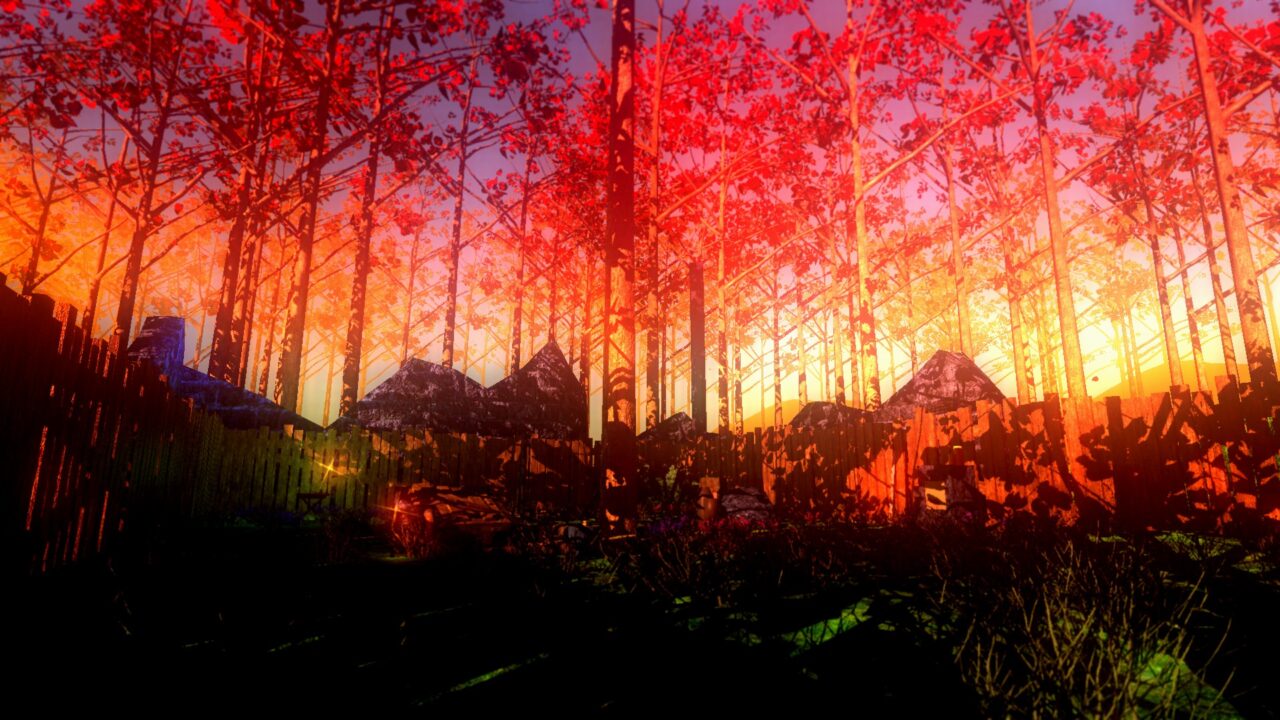
2021: Szymanski’s post-DUSK output has been refreshing. Squirrel Stapler from The Dread X Collection 2 shows a mix of his early work and his DUSK work. It’s a slow, almost meandering hunting game hiding a much darker experience than what you signed up for. I feel like everyone views Szymanski as “the DUSK guy” and I think we need to get away from that. DUSK is great, it’s a fun time. I personally enjoyed it immensely, but that isn’t all there is to Szymanski. We all need to collectively stop pigeonholing him. We’re inadvertently typecasting a developer based on their most popular output. People ask, “Where is DUSK 2?” while I’m over here asking, “how will he top The Moon Sliver?”.
Categorized:Editorials
